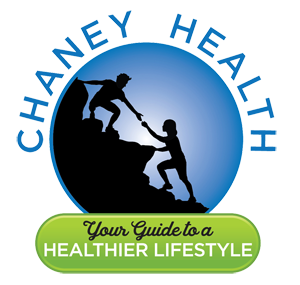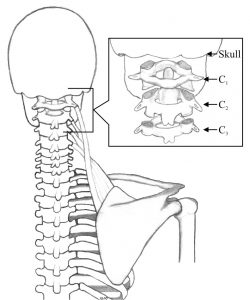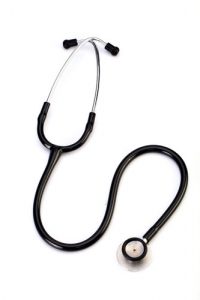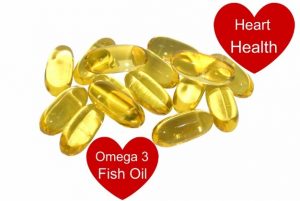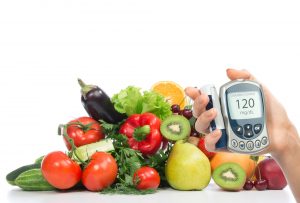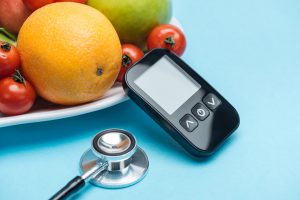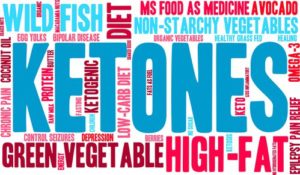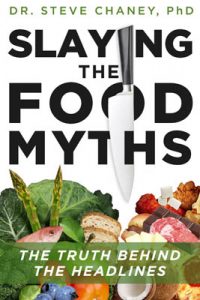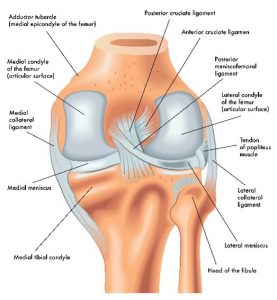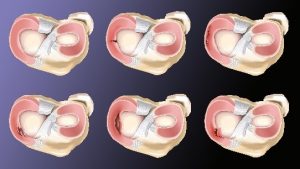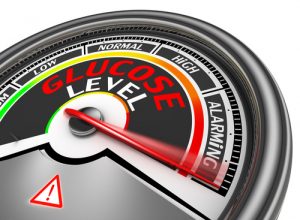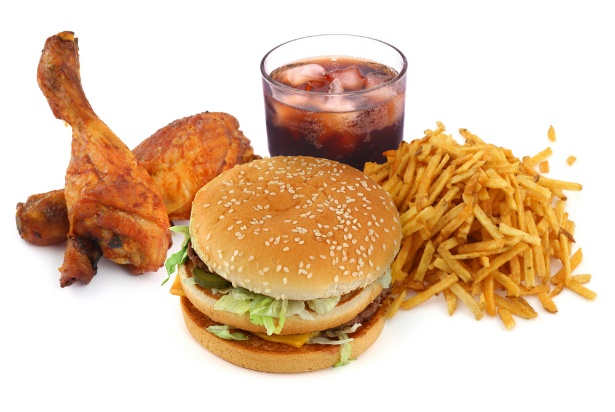Nutrition Breakthroughs Over The Last Two Years
 In the nearly eight years that I have been publishing “Health Tips From The Professor”, I have tried to go behind the headlines to provide you with accurate, unbiased health information that you can trust and apply to your everyday life.
In the nearly eight years that I have been publishing “Health Tips From The Professor”, I have tried to go behind the headlines to provide you with accurate, unbiased health information that you can trust and apply to your everyday life.
The 400th issue of any publication is a major cause for celebration and reflection – and “Health Tips From The Professor” is no different.
I am dedicating this issue to reviewing some of the major stories I have covered in the past 100 issues. There are lots of topics I could have covered, but I have chosen to focus on three types of articles:
- Articles that have debunked long-standing myths about nutrition and health.
- Articles that have corrected some of the misinformation that seems to show up on the internet on an almost daily basis.
- Articles about the issues that most directly affect your health.
Best Ways To Lose Weight
 Since it is almost January, let’s start with a couple of articles about diet and weight loss (or weight gain). I have covered the effectiveness of the Paleo, Keto, Mediterranean, DASH, vegetarian, and Vegan diets for both short and long-term weight loss in my book “Slaying The Food Myths”, so I won’t repeat that information here.
Since it is almost January, let’s start with a couple of articles about diet and weight loss (or weight gain). I have covered the effectiveness of the Paleo, Keto, Mediterranean, DASH, vegetarian, and Vegan diets for both short and long-term weight loss in my book “Slaying The Food Myths”, so I won’t repeat that information here.
Instead, I will revisit two articles – one which questions the validity of a popular diet and one about a cause of weight gain that most Americans either don’t know about or ignore.
Does intermittent fasting work?
Intermittent fasting is all the rage. Its proponents claim it is a miracle diet that will make you leaner and healthier without forcing you to forgo the foods you love. In this issue of “Health Tips From the Professor”, I reviewed intermittent fasting and told you which claims were based on solid science and which were simply hype.
Do Ultra-Processed Foods Make You Fat?
What is the secret for successful weight loss? Is it low fat, low carb, low sugar, paleo, keto, vegan, or intermittent fasting? The possibilities seem endless, and they are contradictory. In this issue of “Health Tips From the Professor”, I share a recent study that suggests the real secret to weight control may be none of the above.
The one common feature of every popular diet is they cut out sodas and processed foods and replace them with whole, unprocessed foods. What if cutting out highly processed foods was the secret to successful weight loss, and none of the other restrictions of the various diets really mattered? That’s what this study suggests.
Healthy Diets
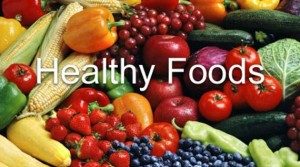 This is my favorite topic. Here are some of the best articles about the effect of diet on our health from the past two years.
This is my favorite topic. Here are some of the best articles about the effect of diet on our health from the past two years.
Is Your Diet Destroying the Planet?
You believe in preserving the environment. You save energy. You recycle. You drive an energy efficient car. But are you destroying the environment with every bite you put into your mouth? In this issue of “Health Tips From the Professor”, I discussed the Planetary Diet and what it means for you and for the planet.
What Is The Best Diet To Prevent Heart Disease?
What is the best diet to prevent heart disease? Is it the one recommended by the American Heart Association? Or is it Mediterranean, vegan, paleo, or keto? Or, perhaps, is it none of those diets? In this issue of “Health Tips From the Professor”, I shared a different way for thinking about diets and our health.
Can Plant-Based Diets Be Unhealthy?
In some circles, a plant-based diet is considered next to Godliness. You have been told that a plant-based diet will guarantee you a longer, healthier life. But is that true of all plant-based diets? In this issue of “Health Tips From the Professor”, I shared a study that suggests some plant-based diets may actually be unhealthy and told you which plant-based foods are good for you and which are bad for you.
Can A Healthy Diet Prevent Alzheimer’s?
You are worried. You have a family history of Alzheimer’s or you have had your genes tested and learned you are a high risk for developing Alzheimer’s. Do bad genes doom you to Alzheimer’s? In this issue of “Health Tips From the Professor”, I shared a study that suggests the answer to that question is “No” and provides a strategy for overcoming even the worst genetic predisposition for dementia.
 Is The Paleo Diet Bad For Your Heart?
Is The Paleo Diet Bad For Your Heart?
There is a lot to like about the Paleo diet, but is it healthy long term? In this issue of “Health Tips From the Professor”, I shared a recent study that suggests the Paleo diet may be bad for your gut bacteria and bad for your heart.
Do Vegetarians Have A Higher Risk Of Stroke?
Vegetarian diets are supposed to be incredibly healthy, but the latest headlines claim they increase the risk of stroke. What’s going on? In this issue of “Health Tips From the Professor”, I shared the study behind the headlines and put it into perspective.
This article takes a closer look at the pluses and minuses of a vegetarian diet.
Is red meat as healthy as white meat?
You have been told that white meat is better for your heart than red meat. But now the latest headlines are saying that’s not true. The headlines claim that red meat is just as healthy as white meat. What are you to believe? In this issue of “Health Tips From the Professor”, I looked at the studies behind the headlines and showed you how the beef industry influences clinical studies to support the consumption of red meat.
 Is The Impossible Burger Healthy For You?
Is The Impossible Burger Healthy For You?
A new generation of meatless burgers has arrived. Are the Impossible Burger and its competitors healthier than regular burgers? Are they better for the planet? In this issue of “Health Tips From the Professor”, I evaluated the health and environmental claims of these new meatless burgers.
Which Foods Affect Stroke Risk?
What foods should we eat to reduce our risk of stroke? We keep getting conflicting information from the media. Why is diet and stroke risk so confusing? In this issue of “Health Tips From the Professor”, I discussed the latest study of which foods affect stroke risk and why the headlines about diet and stroke risk have been so confusing.
Which Foods Should I Avoid?
Some health gurus tell you to avoid red meat and saturated fat. Others tell you to avoid sugar and carbohydrates. It is so confusing. In this issue of “Health Tips From the Professor”, I shared a study that looked at all the possibilities and recommended which foods to avoid. You may be surprised.
If you believe Dr. Strangelove, whole grains have gone from “heroes” to “villains”. Which is true? Should you include whole grains in your diet, or should you avoid them? In this issue of “Health Tips From the Professor”, I shared a recent study that sheds light on this important question.
Do Processed Foods Increase Your Risk Of Diabetes?
Most of us instinctively know that highly processed foods are bad for us. They have been linked to obesity and multiple diseases. And the list keeps growing. In this issue of “Health Tips From the Professor”, I shared a study on the effect of highly processed foods on your risk of developing type 2 diabetes.
Healthy Lifestyle
Of course, diet is just one part of a healthy lifestyle. Weight control, exercise and other lifestyle factors are important in determining our overall health. Here are a couple of articles that focused more broadly on a healthy lifestyle.
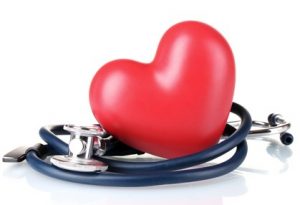 Why are heart attacks increasing in young women?
Why are heart attacks increasing in young women?
Heart attack rates are decreasing in the general population. So, why are they increasing in young women? In this issue of “Health Tips From the Professor”, I discussed the latest study on heart attack rates in young people and what the study may mean for you.
Why is colon cancer increasing in young adults?
Last week we learned that heart attacks were increasing in young women. This week we learn that colon cancer is increasing in young adults. What the heck is going on? In this issue of “Health Tips From the Professor”, I discussed the latest study on colon cancer rates in young people and what the study may mean for you.
Eggs And Heart Disease
 Do eggs increase heart disease risk?
Do eggs increase heart disease risk?
The egg rollercoaster continues. Last year we heard that an egg a day was good for your heart. The latest headlines warn that eating eggs increases your risk of heart disease. In this issue of “Health Tips From the Professor”, I discussed the latest study on eggs and what the study may mean for you.
What Is The Truth About Eggs And Heart Disease?
The eggfusion (egg confusion) continues. Several major studies over the past few years have come to opposite conclusions about the effect of eggs on our risk of heart disease and stroke. What is the truth about eggs? In this issue of “Health Tips From the Professor”, I shared a very large study which clears up the eggfusion.
Omega-3s
There have been a lot of studies on the effect of omega-3s on our health over the past two years, but let me share a few that have updated the information I shared in the first 300 “Health Tips From The Professor” articles.
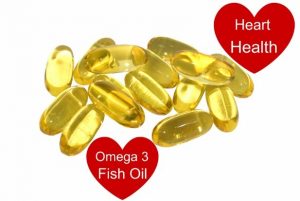 Does Omega-3 Supplementation Reduce Your Risk Of Heart Disease?
Does Omega-3 Supplementation Reduce Your Risk Of Heart Disease?
Does omega-3 supplementation reduce the risk of heart disease or doesn’t it? The headlines keep changing. What is the truth? In this issue of “Health Tips From the Professor”, I shared the latest studies on omega-3 supplementation and heart disease risk and put them into perspective for you.
How Much Omega-3s Do We Need?
Two recent clinical studies have provided strong evidence that omega-3 supplementation can reduce heart attacks. Those studies used high-dose omega-3 supplementation, and they did not measure dose response. This raises the question of exactly how much omega-3s do we need to significantly reduce heart disease risk. In this issue of “Health Tips From the Professor”, I discussed a recent study that answers that question and more.
What Does The FDA Say About Omega-3s And Blood Pressure?
The FDA has finally acknowledged what scientists have known for years: Omega-3s represent a safe, natural way to help keep your blood pressure under control. In this issue of “Health Tips From the Professor”, I discussed the FDA’s recent ruling and described the studies showing that omega-3s play an important role in a holistic program for keeping your blood pressure under control.
Are Pregnant Women & Children Dangerously Deficient in Omega-3s?
You have probably heard that most Americans don’t get enough omega-3s in their diet. Just how deficient are we? Should pregnant women and mothers of young children be concerned? In this issue of “Health Tips From the Professor”, I answered those questions.
Vitamin D
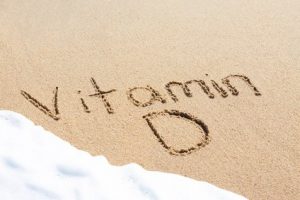 There also have been a lot of studies on the effect of vitamin D on our health over the past two years I will share a couple of articles that updated the previous information I have shared with you.
There also have been a lot of studies on the effect of vitamin D on our health over the past two years I will share a couple of articles that updated the previous information I have shared with you.
Does vitamin D reduce Cancer deaths?
The headlines about Vitamin D are confusing. Is vitamin D a panacea or a placebo? In this issue of “Health Tips From the Professor”, I shared a recent meta-analysis that suggests vitamin D supplementation reduces cancer deaths and discuss why clinical studies about vitamin D supplementation are so confusing.
What Is The Truth About Vitamin D And Respiratory Diseases Like COVID-19?
The days are getting shorter and your sun exposure is decreasing. We are also in the midst of a serious pandemic. How important is it for you to maintain optimal vitamin D levels? In this issue of “Health Tips From the Professor”, I shared a study on the importance of vitamin D for reducing the risk of respiratory disease and COVID-19.
Misleading Clinical Studies
I base all my recommendations on well-designed clinical studies. But sometimes even well-designed studies can be misleading. Here are some examples.
 Can you believe clinical studies?
Can you believe clinical studies?
We get lots of advice in today’s world – from our friends, from our trainer, from Dr. Strangelove’s nutrition blog, from our doctors – even from learned “experts”. We are told the advice is based on clinical studies. But are recommendations based on published clinical studies true…for you? Maybe, maybe not. In this issue of “Health Tips From the Professor”, I shared a “secret” about clinical studies that no one else has told you.
Does magnesium optimize vitamin D levels?
Why have so many clinical studies on the benefits of vitamin and mineral supplementation come up empty? One reason may be that most clinical studies treat them as “Magic Bullets”. Each vitamin and mineral is tested individually for their ability to reduce disease risk. Are these studies doomed to fail because they don’t take a holistic approach? In this issue of “Health Tips From the Professor”, I will discussed a recent study on the interaction between magnesium and vitamin D and why it makes a strong case for a holistic approach to supplementation.
Does Vitamin D Prevent Depression?
The latest headlines claim that vitamin D doesn’t reduce the risk of becoming depressed. Are the headlines true? In this issue of “Health Tips From the Professor”, I reviewed the study behind the headlines and told you why you can’t believe everything you read.
The Bottom Line
I have just touched on a few of my most popular articles above. You may want to scroll through these articles to find ones of interest to you that you might have missed over the last two years. If you don’t see topics that you are looking for, just go to https://www.chaneyhealth.com/healthtips/ and type the appropriate term in the search box.
In the coming years, you can look for more articles debunking myths, exposing lies and providing balance to the debate about the health topics that affect you directly. As always, I pledge to provide you with scientifically accurate, balanced information that you can trust. I will continue to do my best to present this information in a clear and concise manner so that you can understand it and apply it to your life.
If you have other topics that you would like me to cover, please click on the link below to enter your suggestions in the comment box.
Final Comment: You may wish to share the valuable resources in this article with others. If you do, then copy the link at the top and bottom of this page into your email. If you just forward this email and the recipient unsubscribes, it will unsubscribe you as well.
These statements have not been evaluated by the Food and Drug Administration. This information is not intended to diagnose, treat, cure or prevent any disease.
